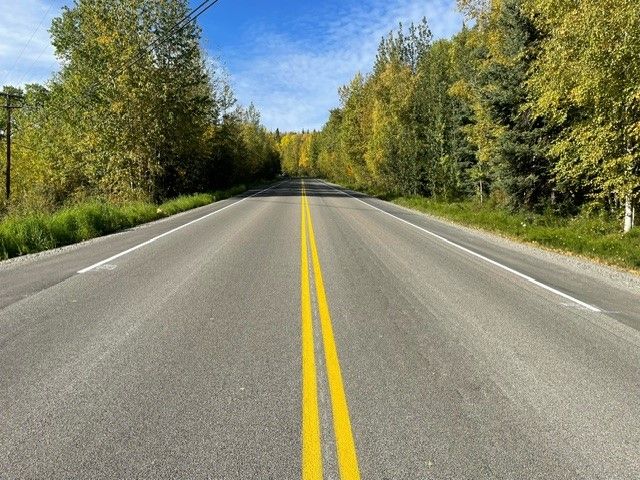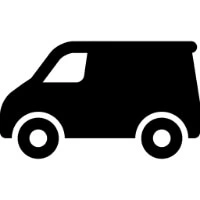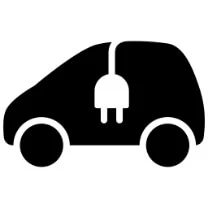Our Sustainability
Supporting communities and protecting the planet to deliver long-term value for a sustainable future.
Our planet and societies are facing enormous challenges. Our responsibility is to collaborate with our supply chain and industry partners to overcome these and leave a lasting, positive legacy for future generations. All our actions should ensure we are protecting the planet, supporting our communities, and delivering long-term value
for all our stakeholders. These are the pillars that drive our sustainability vision.
To think exceptional is not an aspiration; it is a standard that we encourage our team to achieve. This mindset has led to us establishing an award-winning safety and workforce engagement culture. As an industry leader, we aim to progress further and continue to demonstrate how a business must operate to realize a sustainable future for all.
Much of our sustainability journey has taken place in the UK, but we will continue this thinking and activity as we grow and expand in the USA. The information below will explain what we have done so far and what we will aim to do as we move forward as a business.

Telematics has played an important role in efficient routing and in helping us monitor driver behavior. Our training academy has enabled us to train over 300 drivers, which includes safe and fuel-efficient driving. We have also implemented a reward scheme for monitored driver behavior. We have seen the results deliver substantial environmental benefits, with a 7.75% reduction in emissions related to driving and a 12% increase in miles per gallon.
We are reducing the need to excavate fossil fuels through our products. We were able to create a Cradle to Gate Life Cycle Assessment Model that provides quick, efficient, and reliable at-scale carbon foot printing for all current and future hot-applied thermoplastic products.
Using the carbon footprint model, we are able to determine that switching from a hydrocarbon resin binder to a biogenic alternative; rosin ester, reduced the average embedded carbon in our materials by an average of 81%, which, when calculated against the amount of material we produce, means a reduction of 22,000 tCO2e. or more than double our total annual operational footprint. Moreover, this switch was constant neutral and did not affect the performance of our products.
Our product carbon footprint calculator has gone on to win awards and peaked international interest and collaboration in our value chain. By understanding the whole life cycle of our products, we can improve them.
Other ways that we have improved our thermoplastic products are by using recycled glass beads and recycled aggregates. We have also designed and developed our own road stud, Allux. This is manufactured using recycled aluminum and is infinitely recyclable.
Investing in the future is something we are very proud of here at WJ Surface Treatments. We pioneer new, innovative technology and operating practices within the highway industry as part of our decarbonization journey. It is through these that we were able to gain the prestigious Planet Mark for the entire WJ Group.
Going ahead, we have plans to achieve net zero operationally by 2032 through setting a science-based target. This aligns with the UN Sustainable Development Goals.
Creating efficient value is fundamental to operating sustainably. This is beneficial for the environment, but it also enables greater value to be delivered to our clients. Our products have reduced both embedded and operational carbon footprints. We have targets to work towards net-zero and create a circular economy with our value chain, along with responsible governance that is aligned with the global SDGs.
To create value efficiently, we need to consistently innovate and improve our vehicles, equipment, processes, behaviors, and all other aspects of our business.
Value must be created meaningfully, which is why our innovations do not only focus on efficiency but on a wide range of attributes. This can be seen in our production process, where we have developed systems that reduce waste and maximize the resources used. One example is the introduction of the WJ Group Robotic PreMarker, which can reduce the time needed to complete pre-marking activities by 96%.
As a business, we understand our role in creating better societies. It is not just about the value of what we spend but also how we create that value. To truly understand our impacts, we have developed a social value calculation model that enables us to see the value our activities are creating within communities throughout the US.
Our captive abrasive friction enhancement has many environmental benefits. In our lifecycle analysis report on the process, we discovered a 96% reduction in emitted carbon compared to resurfacing a road in the UK. We consume no natural aggregates and ensure arisings are recovered and recycled; this guarantees a quick process that extends the life of highway surfaces.
Our equipment is operated and managed by specialists who will blast, recover, and recycle the shot along with other detritus from the substrate. Recovered fines are used as a filler for Type 1 granular sub-bases, and all other arisings are captured and disposed of as non-hazardous waste.


